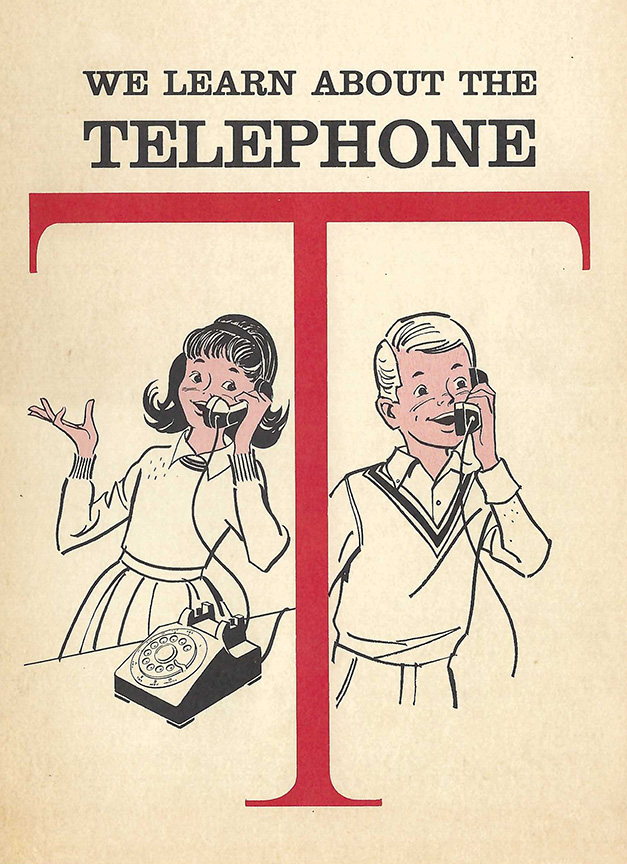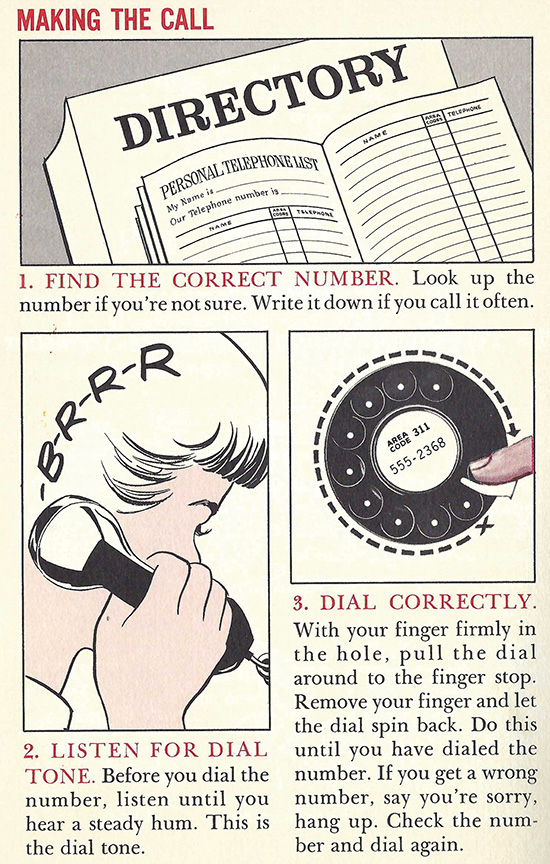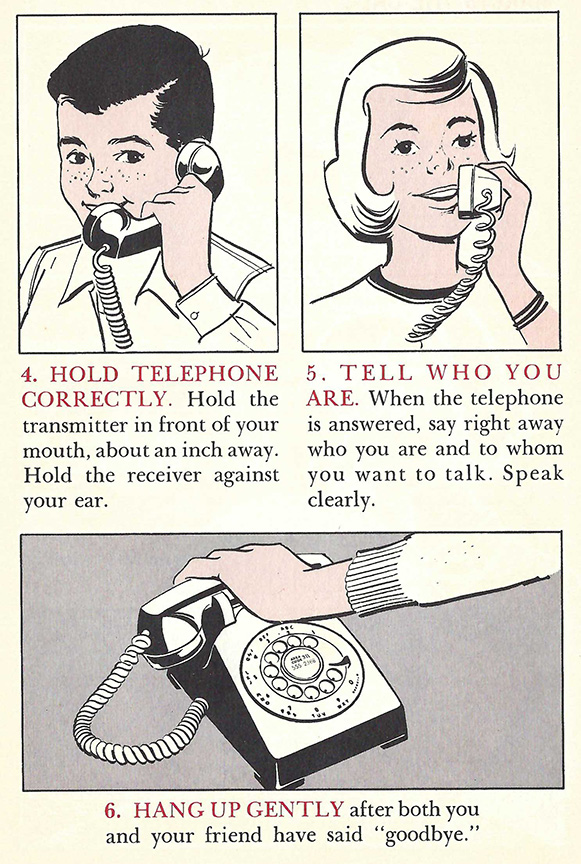
Dorri Partain
Contributor
Today phones are everywhere and can do nearly everything – from taking pictures to streaming videos with a mere touch of a button – so easy a child of nearly every age can use them.
The technology of cell phones has all but replaced landline communication, that dates to the invention of the telephone by Alexander Graham Bell (1847-1922 ) in 1875. By 1947, over 60% of American households had landlines and telephones for personal use, which prompted the American Telephone and Telegraph Company to produce an educational program for school aged children.
“Adventures in Telezonia” was introduced in 1950 as an 18 minute film that explained proper use of the telephone, with an accompanying teacher’s guide. The program was updated in 1964 and retitled, “We Learn About The Telephone- A Story About Communication”.
The program included a 25 minute film and a 24 page booklet for students, and a teacher’s guide. For schools that didn’t have a film projector, the program offered a film strip, and certain schools had access to a teletrainer device where students could practice dialing a number and phone manners as outlined in the booklet.
Students learned about communication prior to the development of the telephone, how the telephone was invented, how sound waves work, and how the telephone works. More practically, the booklet illustrates how to use a telephone directory to find a number, and how to dial for help in an emergency- prior to the 911 system, children were directed to dial “O” and speak to the operator.
The program was updated in 1974, returning to the Telezonia theme, a land that is all about learning about the telephone, before being discontinued altogether.
The last two pages of the booklet included a class activity where students created their own classroom directory, in alphabetical order, and listed their home telephone number. In this booklet, there were two students in the class who did not have a home telephone.


















